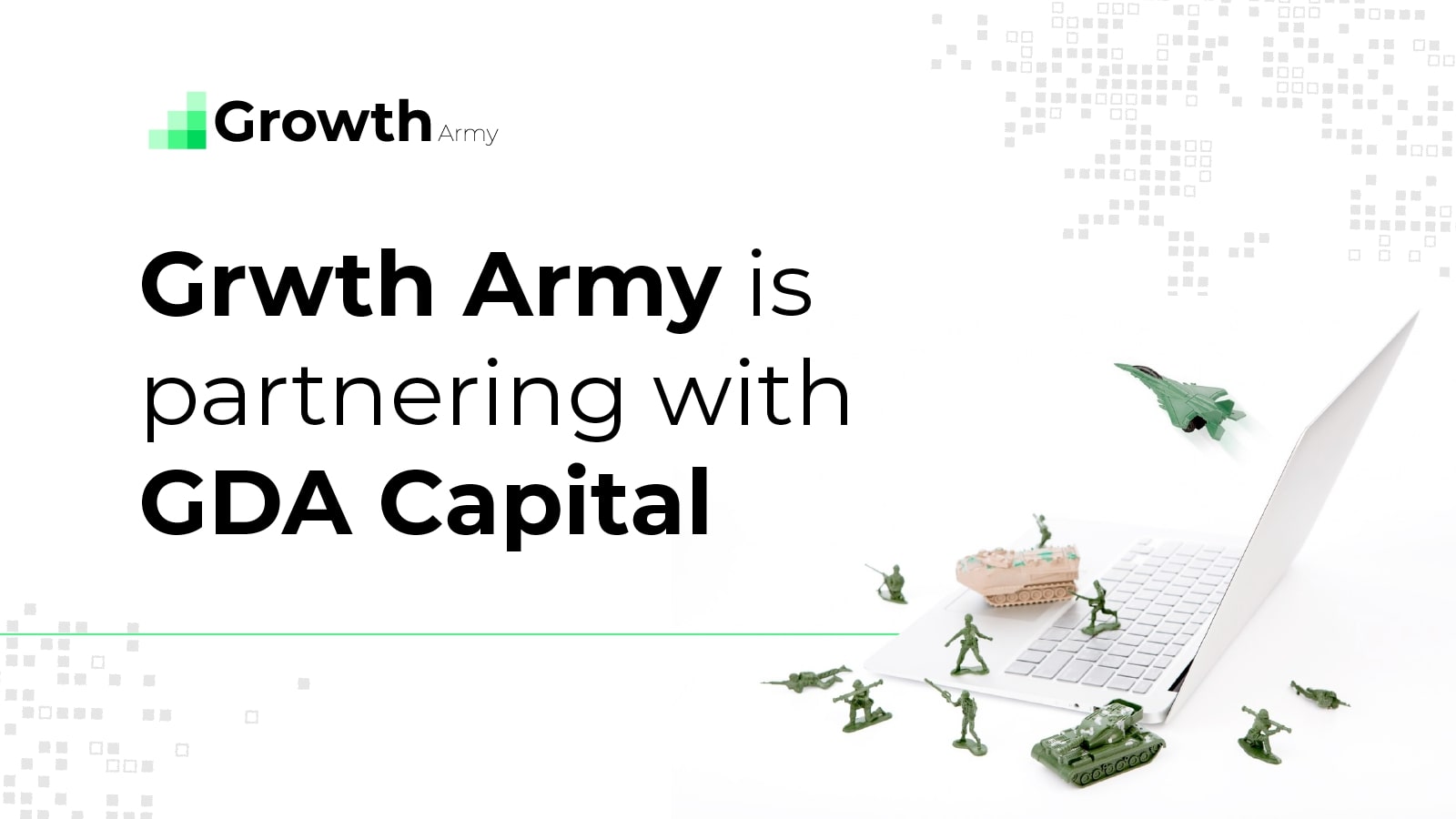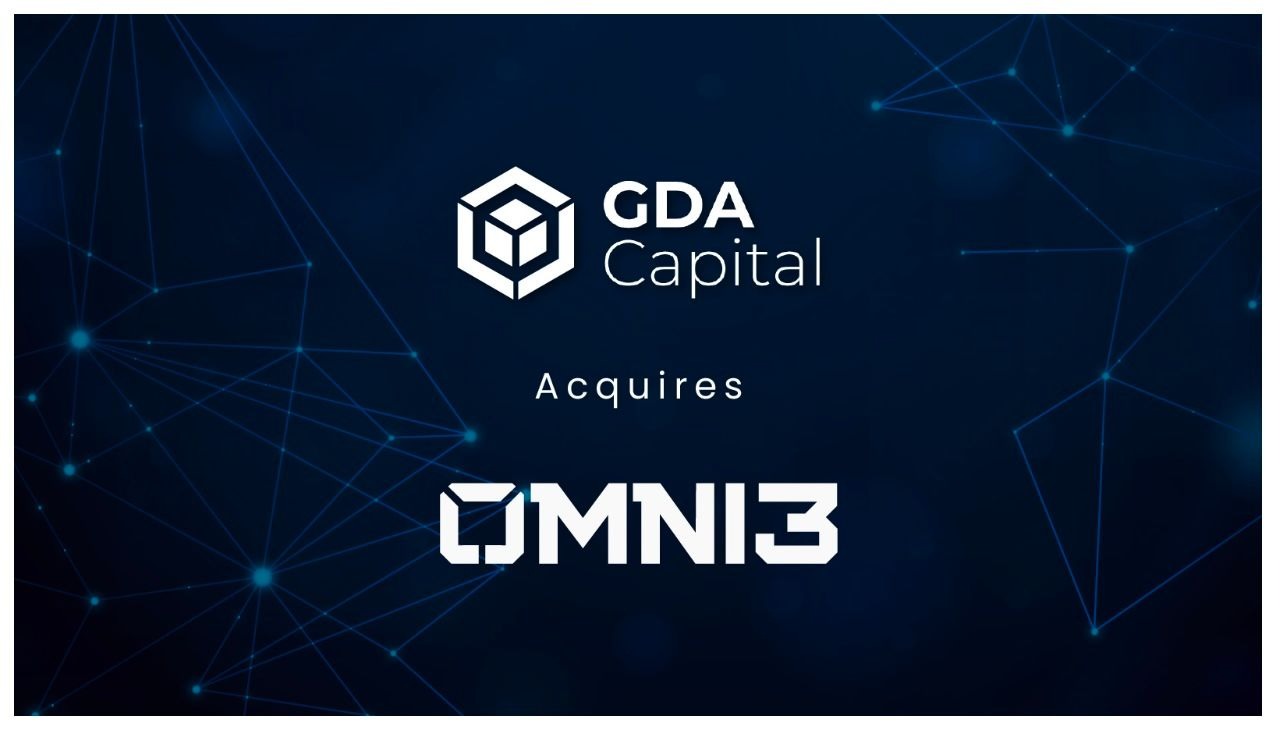To say NFTs are a behemoth of a trend is to make an understatement. But what a lot of people aren’t seeing is how they are actually building blocks that are being expanded upon in hundreds of novel ways across the entire crypto ecosystem. A lot of people I speak with are not very keen about the current development of NFT Art and Collectibles. Yet what is incredible about NFTs is not the art in my opinion, but rather the concept of what Non Fungible actually means. Previously, you could exchange 1 gold coin for 1 gold coin, 1 dollar for 1 dollar, 1 token for 1 token – the value between the two was the same. With the onset of NFTs, it is now possible to make 1 digital dollar worth more than another, because as they say, not all dollars are created equal.
NFTs are oftentimes seen as a standalone area of Web3 that is advancing how art is valued and traded, but that is more of a base case. As the crypto ecosystem continues to get built out, more utility is being built everyday. Utility that multiplies the existing uses of NFTs by multiplying the ways it can be used.
NFTs are at the intersection of every big trend emerging in crypto right now, and W2E is one of many ways that we’re going to see more utility come out of it.
Gaming
Play-to-earn is the gaming industry turned on its head. Gaming started off with a pay-to-play mechanic. This is everything on consoles or PC, where users were paying to play the game and that was the end of the arrangement.
With the invention of the iPhone and the launch of the App Store, that all changed. Mobile gaming became the way. Much like social media, the customer could be the product.
NFTs are a natural fit in gaming. In many ways, NFTs actually originated from the gaming world. Rare collectibles, characters, and skins have always had their place in gaming, and the shift from pay-to-play games to play-to-earn gaming is when it became necessary to put these items on the blockchain.
In games like DeFi Kingdoms, NFTs are used to replace the character (now a “Hero”) and other rare tools. The different resources that the protagonist wins and spends during the game are represented by a fungible token, and the whole concept isn’t hard for anyone to grasp. In fact, the user only knows they are using an NFT insofar as they can trust that their assets won’t be seized or tampered with. In retrospect, it makes perfect sense that gamers would intuitively *get* NFTs.
Another example of this is the sci-fi card game Parallel. In October 2021, they raised $50 million at a half billion dollar valuation, all for the idea and initial designs for a trading card game with a great story. The game hasn’t been launched yet, but some cards go for more than 3 ETH, which makes us think they’ve already got the community backing necessary to succeed. Great art and a compelling story may be enough to take NFTs to much higher levels.
Gaming is a gateway to using NFTs without realizing you’re using NFTs, and we are fast heading towards a world where crypto games are actually fun to play and players aren’t there purely for the financial incentives.
Metaverse
The idea of NFTs being used as an income-generating vehicle is not new, but now that metaverses are going mainstream, we expect the W2E concept to accelerate.
Wear-to-earn as a trend depends (obviously) on the adoption of metaverses, and less obviously on the ability for companies to track down the metaverse that is the best fit for them and their audience.
As we see fashion houses and major brands make their first metaverse move, it’s clear that they are being pushed to take action so they don’t miss the trend, but are also in heavy need of advisory.
The barrier between gaming and metaverse is becoming fuzzier. When you lok at something like The Sandbox, there are already games like Viking Fjord, Mushroom Mania, Sweet Village built into the platform.
At the same time, the Marketplace allows users to trade NFTs (known as ASSETS in the game) for $SAND, which unlocks whole new NFT markets. Is this a metaverse, a game, or an NFT marketplace? Maybe it’s all 3.
Their easy-to-use building interface enables virtually any user to unleash their creativity and imagination. Users can play games to earn rewards, build games to monetize them, or create assets to sell.
DeFi
When the prices of anything goes up, people tend to want to speculate on it. This is where DeFi comes in. NFTs have gained enough value that there is now significant upside in adding a new financial layer to them.
One of the best ways to connect NFTs to the “real world” is with lending. The ultra-high-ticket NFTs (Punks and Apes) have so much value wrapped up in them that investors are looking for ways to unlock some of that liquidity. Assuming they want to hold indefinitely, being able to borrow against NFTs is a huge advancement that allows them to unlock some liquidity.
We’re seeing more companies pop up handling this, such as NFTX, Floor DAO, and JPEG’d. Each of these has their own way of bringing liquidity to the market, and making a profit from it. There is a service being provided to NFT holders, and in a bull market, we can expect these companies to do extremely well.
Conclusion
A macro-pattern we can observe in all these use cases is the adding of liquidity. People want to be able to speculate without making long-term commitments, and metaverse, GameFi, and DeFi use cases are all creating “marketplaces” for the NFTs they are creating or supporting.
The more prevalent a marketplace, the easier it is for users to take a profit. This multiplies the effect of a dynamic like wear-to-earn, because users can more easily access these profit-earning situations.
NFTs have value when people care about NFTs, and each of the sectors outlined above are increasing the weight investors are putting on NFTs. They are going to continue to be at the intersection of every big trend emerging in crypto right now, whether it’s in gaming, metaverses, or DeFi.
Author Bio

Joaquim Miro is a founding partner at MLG Blockchain and the current SVP Global Growth at GDA Capital and Secure Digital Markets. He also serves as an advisor to multiple incubators in the Fintech space, and as an executive advisor in the Blockchain and Agritech spaces. His work has been featured on multiple publications including BNN, Yahoo and the Canadian Marketing Association.
Interested in getting involved? Reach out to GDA Capital at contact@gda.capital for more information today.



